Thanksgiving. If we approach the word from the perspective of Virginia Woolf, we could talk about the connotations and denotation of a word so steeped with tradition that it has expanded far beyond the borders of simple definition.
What images come to your mind when you hear the word Thanksgiving: food, family, parades, anticipated sales events? Do you envision pilgrims and the Mayflower of 1621, or the relief of a national holiday that was not officially recognized until 1863? Do you hold hands around the table or clasp your palms together under your chin? Or, do you maintain a white knuckled grip on the remote during the NFL Thanksgiving Classic?
The word Thanksgiving conjures different images for everyone. These images combine like the ingredients of your favorite Thanksgiving recipe to create something far more complex than the ingredients themselves.
Thanksgiving is such a complex idea. It goes beyond the sentiment of “giving thanks,” two words loaded with their own composite definitions:
to give – contribute, bestow, convey, entrust, relinquish, transmit, or vouchsafe
to thank – acknowledge, appreciate, praise, credit, or be obliged
I think Woolf would agree. It’s impossible to define Thanksgiving–not with a history book, not with a prayer book, or not even with a dictionary. Thanksgiving exists in the space between noun and verb, something that is and something we do. The concept of Thanksgiving crosses back and forth through these boundaries and becomes something beyond linguistics, it becomes something quintessentially human. Whatever Thanksgiving conjures for you, may it bring you closer to your humanity.
Happy Thanksgiving



